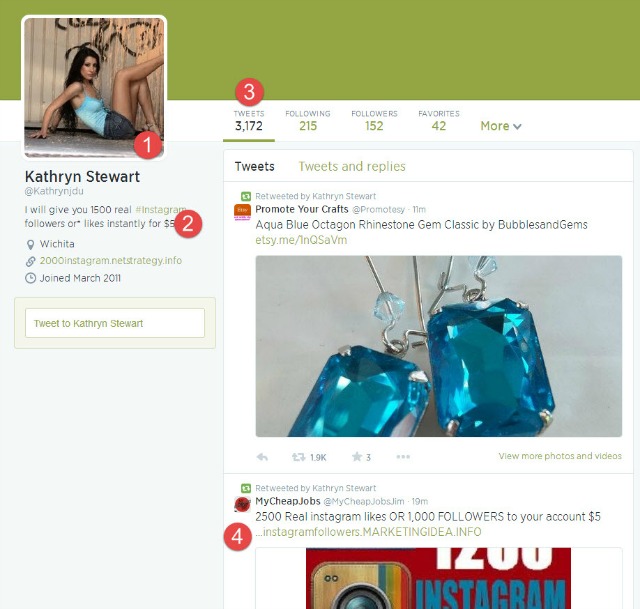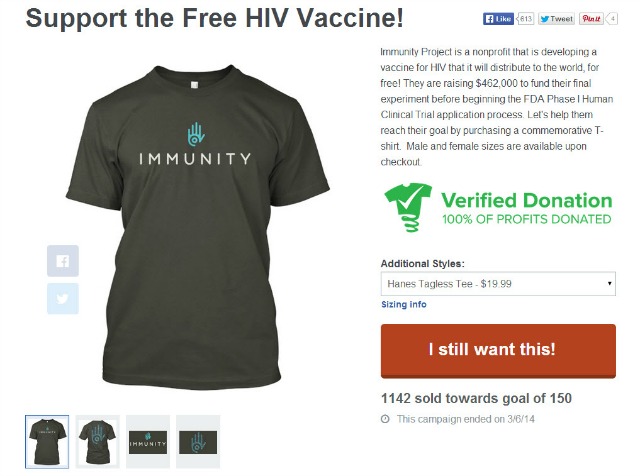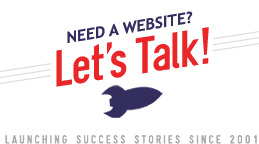Blog
2 Steps to Success with Political Direct Mail
Gus Wagner - Comment (0)It’s election time again – just like it is all the time these days – and mailboxes are filling up with mailers. These two tips on dimensions and scorched earth policies will help you be successful come election day.
Read more...Working With Video in Your Small Business Marketing
Gus Wagner - Comment (0)Here in these modern times, it is more important than ever for you to include video in the marketing mix of your business. Take a look at how we produce our simpler content for our video blog. For samples of our high-end (and award winning!) video production, click here!Read more...A Secret to Business Marketing Success: Personality
Gus Wagner - Comment (0)Can you think of an example where personality has triumphed over book smarts? http://t.co/0oVu84Rxmq pic.twitter.com/lVdi0xPxru
— Richard Branson (@richardbranson) January 7, 2015
Read more...How to Pay Attention to Your Social Media Audiences
Gus Wagner - Comment (0)When we talk about social media, its often in terms of creating great content, being consistent, and building responsive audiences. This time lets look at the audiences you have created and earned.Whether you have a million Likes on Facebook or a thousand followers on Twitter, you need to make sure your audience is, in short, legit. If you have hundreds of followers who can’t do business with you because of geography, interests, or because they are fake then you are just shouting in an empty room.This is why it is critical you pay attention, daily if you must, to weed out the bad apples who may jump into your audience. On Twitter, your follower list is public. Having a bunch of junk in there says just as much about the quality of your account as your tweets do.As the screencast video above shows you, almost every day we check our new followers on Twitter to either place in interest lists or block anyone new who comes into our audience.TWEET THIS: Know the difference between real and fake members of your #SocialMedia audience.Here are a couple of examples on how to tell the difference between a real profile and a fake profile on Twitter: REAL PROFILE
REAL PROFILE- This profile photo, while different, is actually of the person who is doing the tweeting. He also highlights in this photo the topics he is tweeting about thereby lending further credibility to the account.
- n Another good sign, his Twitter bio is filled out with keywords to his industry, links to his website and has his geographic location specified.
- Here we can see that followers of mine are following him as well. While you can’t endorse someone on Twitter, seeing that we have mutual connections is another sign of authenticity.
- Here we see the tweets he has sent are related to the topics in his bio. If we saw a bunch of unrelated information, or sales pitches here, it would be a sign we should block this person. The content looks legit so he is good to go!
 FAKE PROFILE
FAKE PROFILE- While this profile, by coincidence, shows her in workout clothes as well there is nothing else in the profile to suggest its connected to anything healthy. For some reason, most Twitter spam accounts choose photos of women in revealing attire as their profile photos.
- We can pretty much stop and block this account by looking at the bio. Words referencing “growing followers for $5” in bios are also common in spammers.
- At the time of this image, the spam account had spam-tweeted more than 3000 times but has 170ish followers. Another bad sign that leads us to the next point.
- Looking at their sent tweets shows more spam. There were a dozen more tweets like this promising social media audience growth before this one. As you can see in the video we are now reaching for the report and block function.
It may take a couple of minutes every day or so but we urge you to pay attention to the quality of the followers in your audience. If you need help with this, feel free to contact us any time!
Read more...Highlights from Social Media Day in Missouri
Gus Wagner - Comment (0) Social Media Day took place for the fifth time across the world and was celebrated here in Missouri for the third time on June 30, 2014. For 2014, connected events were held in St. Louis and Jefferson City and online through the miracle of Google hangouts.Gus Wagner led the Jefferson City portion of the event with a short presentation offering “Ten Tips for Twitter Success” while Danni Eickenhorst of Blank Page Marketing led the St. Louis portion with a talk on integrating social media into real world activities.Due to the live-tweeting of the event from attendees, #SMDMidwest reached more than 72,000 folks on Twitter with more than 300,000 timeline deliveries. The event obviously dominated the conversation of #JCMO and #STL during its timespan.A video of a portion of the Jefferson City address, along with slides from the presentation are embedded below:Read more...
Social Media Day took place for the fifth time across the world and was celebrated here in Missouri for the third time on June 30, 2014. For 2014, connected events were held in St. Louis and Jefferson City and online through the miracle of Google hangouts.Gus Wagner led the Jefferson City portion of the event with a short presentation offering “Ten Tips for Twitter Success” while Danni Eickenhorst of Blank Page Marketing led the St. Louis portion with a talk on integrating social media into real world activities.Due to the live-tweeting of the event from attendees, #SMDMidwest reached more than 72,000 folks on Twitter with more than 300,000 timeline deliveries. The event obviously dominated the conversation of #JCMO and #STL during its timespan.A video of a portion of the Jefferson City address, along with slides from the presentation are embedded below:Read more...Social Media Day Once Again Comes to Missouri
Gus Wagner - Comment (0)On June 30th, The Rocket Group will again lead conversations and fun surrounding Social Media Day in Missouri. This is the fifth annual event hosted by Mashable and the third one we have directly participated in. Social Media Day (or #SMDay) is where we pause as the world to recognize the digital revolution happening every day right before our eyes. Here in Missouri we celebrate our local contributions to the way the world communicates and the work we have yet to do.
This year we are joining with Blank Page Marketing to hold joint events in St. Louis, Jefferson City, and online at the same time. There will be two short live presentations, an online and IRL Q & A session, and then an offline hands-on laboratory to help your social media profiles be the best they can be.
We will also provide lunch at this free event! TWEET THIS
RSVP HERE for the free event and free lunch. Be sure to share this page with any interested friends, online and in the real world, who will benefit from this celebration.
As you may remember, last year Governor Nixon proclaimed June 30th Social Media Day every year until the end of time. Check out the official resolution below:
Monday’s event will feature brief live presentations from five-time certified social media strategist Gus Wagner of The Rocket Group and Danni Eickenhorst of Blank Page Marketing, a real world and online Q&A session, and a hands on laboratory. I personally do not leave events like this until all of your questions are answered!
Sign up, tell your friends, and bring your devices, questions, and hunger on Monday!
Thanks and we will see you soon,
Read more...How To Not Look Like a Spammer On Social Media
Gus Wagner - Comment (0)One of the first things we do when we are working with businesses and individuals in our Jeff City Social Media classes who are beginning or struggling with social media is look at their profile set ups.
While it may be easy to set up accounts on Facebook, Twitter, Instagram and the other platforms, it is sometimes difficult for some to take the necessary first steps to create a positive first impression. Here are five items to consider doing when setting up your accounts:
1. Use a professional photo or logo for your profile photo

2. Set up a ‘handle’ or account name which represents yourself or your company
3. Fill out all the questions on the Facebook profile questions
4. Be sure to set up your geographic location on your profiles so local customers and audiences can find you
5. Include hashtags of keywords related to your work in your Twitter and Instagram bios
Stay tuned here on the blog, on our Facebook page, and to our tweets for dozens of tips a week to help you improve as a social media communicator!
 Read more...
Read more...Teespring Uses The Share Then Like Process
Gus Wagner - Comment (0)We talk a lot around these parts about our philosophy of Share Then Like wherein your content should be so good your audience will share it with their audiences rather than simply Liking it.A recent example we participated in was sponsored by the Teespring company to promote the efforts of the Immunity Project and their efforts to develop a free vaccine to end HIV and AIDS.The Share Then Like philosophy was applied when Teespring asked visitors to the campaign page for the effort to send a tweet promoting the effort. The tweet only mentioned the Immunity Project. The first 150 audience members who sent the tweet were then sent one of the shirts for free, postage paid.Due to the power of the campaign and the social audience behind it, another 1142 shirts were sold, at $19.99 each, raising $22,828.58 for the Immunity Project.While we did not have anything professionally to do with this effort its good to see that everyone wins when Share Then Like is put into action.Read more...





